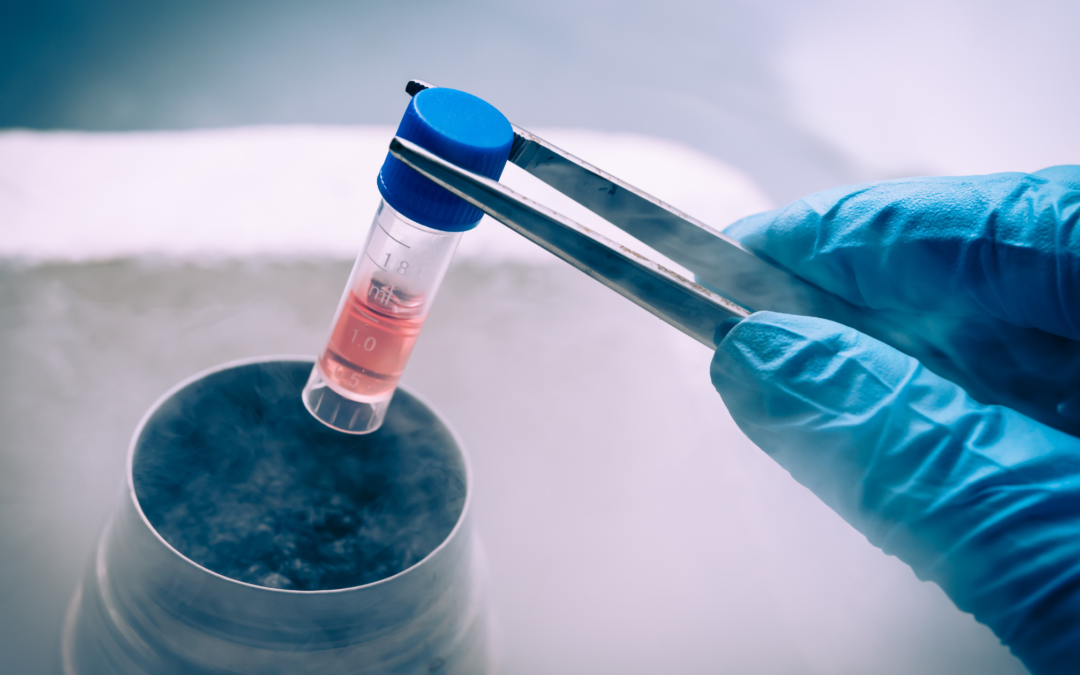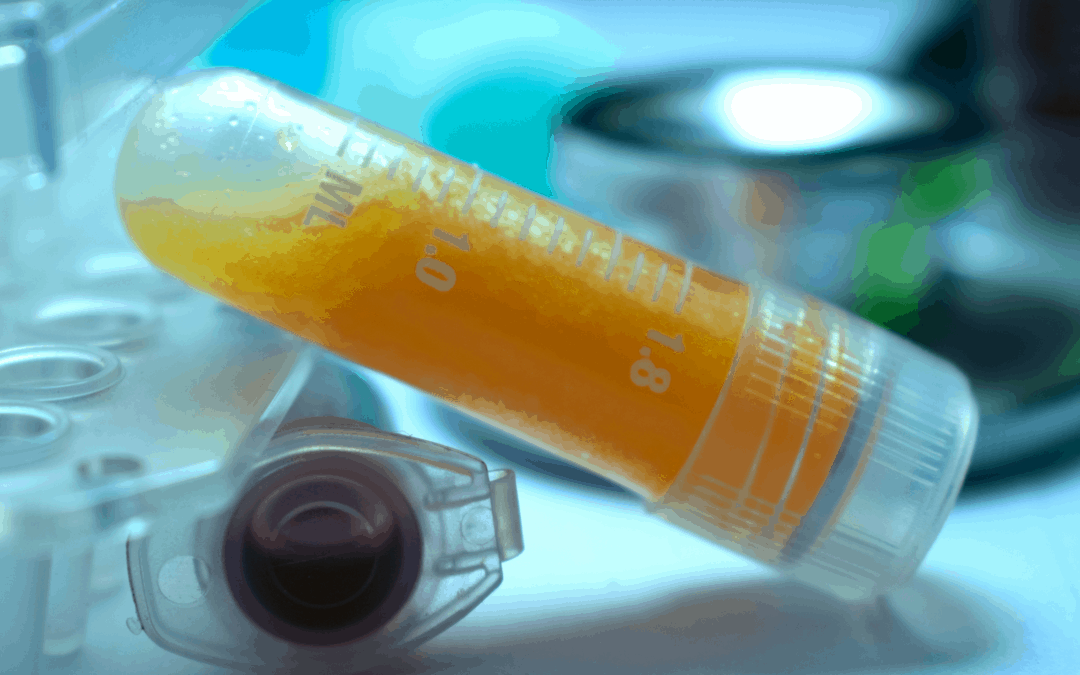
What is Lipogems and How Does it Work for Healing?
In recent years, medical science has made significant advancements in regenerative medicine, one of which is Lipogems. This innovative technique utilizes adipose (fat) tissue to harness the body’s natural healing properties. Lipogems stands out as a minimally invasive procedure that offers promising results for patients suffering from various musculoskeletal conditions. By employing the unique characteristics of adipose-derived stem cells, it aims to reduce inflammation and promote tissue repair.
The essence of Lipogems lies in its ability to extract and process adipose tissue, which is abundant in stem cells and growth factors. This procedure not only provides a source of regenerative cells but also offers a scaffold for tissue healing. As a result, it has garnered attention in the fields of orthopedics, sports medicine, and aesthetic treatments, making it a versatile option for many patients.
As more individuals seek alternatives to traditional surgical methods, the demand for therapies like Lipogems continues to rise. This article aims to delve into the science behind Lipogems, its procedural aspects, and the conditions it effectively treats, providing a comprehensive understanding of this revolutionary healing technique.
The Science Behind Lipogems: Understanding Adipose-Derived Stem Cells
At the core of Lipogems therapy are adipose-derived stem cells (ADSCs). These cells are unique due to their ability to differentiate into various cell types, including bone, cartilage, and fat cells. This versatility makes them invaluable in regenerative medicine. Research has shown that ADSCs possess anti-inflammatory properties, which can significantly aid in the healing process.
Adipose tissue is rich in these stem cells, making it an excellent source for regenerative therapies. Unlike other sources, such as bone marrow, adipose tissue can be harvested easily and in larger quantities, providing a substantial number of stem cells for therapeutic use. Additionally, the processing of adipose tissue in Lipogems preserves the architecture and microenvironment necessary for stem cell function, enhancing their effectiveness.
Understanding the role of these stem cells is crucial for appreciating how Lipogems works. When injected into damaged tissues, ADSCs promote healing by stimulating the regeneration of damaged cells and reducing inflammation. This natural approach aligns with the body’s intrinsic healing mechanisms, offering a safer and often more effective alternative to conventional treatments.
How Lipogems Works: Step-by-Step Process
The Lipogems procedure is designed to be efficient and minimally invasive. Here’s a step-by-step overview of how it works:
- Consultation and Assessment: The process begins with a thorough consultation where the physician evaluates the patient’s medical history and current condition. This assessment helps determine if Lipogems is a suitable option for the individual.
- Harvesting Adipose Tissue: Once deemed appropriate, a small amount of adipose tissue is harvested, typically from the abdomen or thighs. This is done using liposuction, a minimally invasive technique that involves making small incisions to extract the fat.
- Processing the Tissue: The harvested adipose tissue is then processed using the Lipogems technology, which involves washing and breaking down the fat. This process isolates the stem cells and growth factors while preserving the natural extracellular matrix, which is vital for healing.
- Injection into the Target Area: After processing, the resulting solution containing stem cells and growth factors is injected into the area requiring treatment. This could be a joint, tendon, or other damaged tissue, depending on the patient’s condition.
- Post-Procedure Care: Following the injection, patients are provided with care instructions to facilitate healing. This may include rest, physical therapy, or follow-up appointments to monitor progress.
By understanding this step-by-step process, patients can appreciate the meticulous care involved in Lipogems, ensuring that they receive the best possible treatment tailored to their needs.
Conditions Treated with Lipogems Technology
Lipogems technology has shown efficacy in treating a variety of conditions. Here are some of the most common applications:
- Osteoarthritis: This degenerative joint disease often results in significant pain and reduced mobility. Lipogems can help by restoring joint function and alleviating discomfort through its regenerative effects.
- Tendinopathies: Conditions such as tennis elbow and Achilles tendonitis can benefit from Lipogems injections. The stem cells work to repair damaged tissues, promoting healing and reducing pain.
- Cartilage Damage: Injuries to cartilage can lead to long-term complications. Lipogems provides a source of cells that can regenerate cartilage, potentially delaying or avoiding joint replacement surgery.
- Sports Injuries: Athletes frequently face injuries that require quick and effective treatment. Lipogems has emerged as a promising option for treating soft tissue injuries, allowing athletes to return to their sport sooner.
- Aesthetic Applications: Beyond orthopedic uses, Lipogems can also be utilized in cosmetic procedures, such as facial rejuvenation, where regenerative properties can improve skin texture and volume.
The versatility of Lipogems makes it an attractive option for a range of conditions, allowing patients to explore alternatives to traditional treatment methodologies.
The Lipogems Procedure: What to Expect
Patients considering Lipogems can expect a well-structured procedure that prioritizes comfort and safety. Here’s what to anticipate during the entire process:
- Preparation: Before the procedure, patients are advised to follow specific guidelines, such as avoiding blood thinners and alcohol. This preparation helps minimize complications and ensures a smoother experience.
- Local Anesthesia: To enhance comfort during the fat harvesting process, local anesthesia is administered. This allows the procedure to be performed with minimal discomfort, ensuring that patients remain relaxed throughout.
- Fat Harvesting and Processing: The liposuction process typically takes around 30 minutes, followed by the processing of the adipose tissue. The entire procedure, from harvesting to injection, can be completed in about one to two hours.
- Injection and Follow-Up: After processing, the injection is performed using ultrasound guidance for precision. Patients usually experience minimal downtime, with many resuming normal activities within a few days. Follow-up appointments are scheduled to monitor progress and assess the effectiveness of the treatment.
Patients can feel reassured knowing that the Lipogems procedure is designed to be efficient, with a focus on achieving optimal results while ensuring their comfort throughout the process.
Recovery and Results: Healing with Lipogems
Understanding the recovery process is vital for patients undergoing Lipogems treatment. The timeline for recovery can vary based on the individual and the condition being treated. However, most patients can expect the following:
- Initial Recovery: After the procedure, patients may experience mild swelling or discomfort in the treated area. This is typically manageable with over-the-counter pain relievers and should subside within a few days.
- Physical Activity: Patients are generally encouraged to resume light activities shortly after the procedure, while more strenuous activities may be restricted for a few weeks. Adhering to the physician’s recommendations regarding physical activity ensures optimal healing.
- Long-Term Results: Many patients begin to notice improvements in their symptoms within several weeks. However, the full benefits of Lipogems may take several months to manifest as the body continues to heal and regenerate damaged tissues.
The regenerative capabilities of Lipogems can lead to significant improvements in pain relief and mobility, with many patients reporting enhanced quality of life post-treatment.
Who is a Good Candidate for Lipogems Treatment?
Determining eligibility for Lipogems treatment involves a careful evaluation by a qualified healthcare professional. Generally, good candidates include:
- Individuals with Chronic Pain: Patients suffering from chronic joint pain, tendonitis, or injuries that have not responded to conventional treatments may benefit from Lipogems.
- Active Individuals: Those who lead an active lifestyle, including athletes, who seek quick recovery from injuries often find Lipogems to be an appealing option.
- Patients with Degenerative Conditions: Individuals with conditions like osteoarthritis or cartilage damage may find relief through Lipogems, especially if they wish to avoid surgical interventions.
However, not everyone may be suitable for this treatment. Factors such as underlying health conditions, obesity, or the presence of infections may disqualify some individuals. A thorough consultation with a healthcare provider is essential to assess suitability and discuss potential risks and benefits.
Is Lipogems Right for You?
As regenerative medicine continues to evolve, Lipogems emerges as a promising option for those seeking alternatives to traditional treatments. Its minimally invasive nature, coupled with the use of the body’s own healing mechanisms, presents patients with an opportunity for recovery without the risks associated with more invasive surgeries.
Considering the various conditions treated by Lipogems and the positive outcomes reported by many patients, it is worth exploring whether this innovative therapy aligns with their health needs. Consulting a knowledgeable healthcare provider can help individuals determine if Lipogems is the right choice for them and provide personalized insights into the potential benefits and expected results.
If you’re interested in learning more about Lipogems and how it can help you on your healing journey, reach out to a qualified physician today to explore your options.
